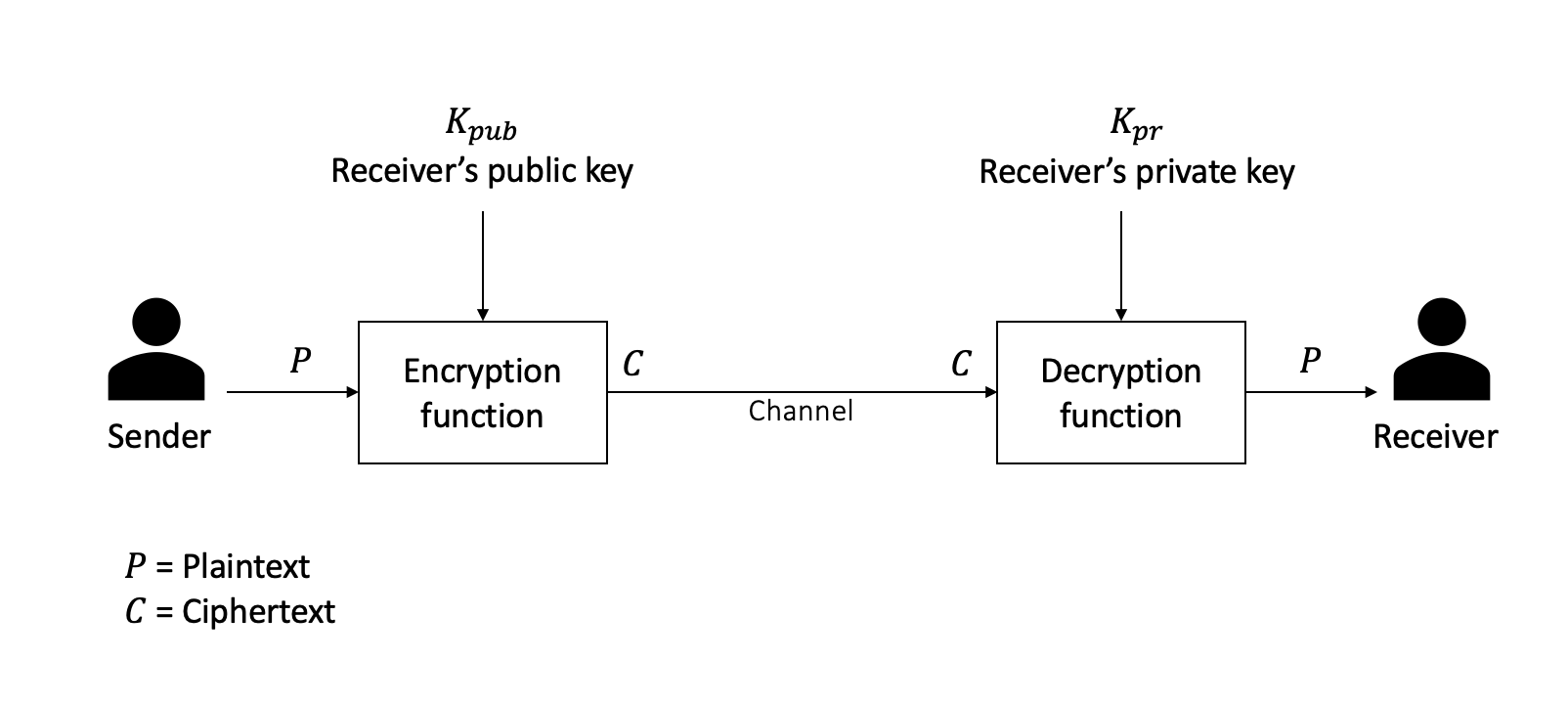Consensus Algorithms
Consensus is a fundamental problem in distributed systems. Since the 1970s, this problem has been researched in the context of distributed systems, but a renewed interest has arisen in developing distributed consensus algorithms that are suitable for blockchain networks. In this chapter, we will explore the underlying techniques behind distributed consensus algorithms, their inner workings, and new algorithms that have been specifically developed for blockchain networks.
In addition, we will introduce various well-known algorithms in a traditional distributed systems arena that can also be implemented in blockchain networks with some modifications, such as Paxos, Raft, and PBFT. We will also explore other mechanisms that have been introduced specifically for blockchain networks such as proof of work (PoW), proof of stake (PoS), and modified versions of traditional consensus such as Istanbul Byzantine Fault Tolerant (IBFT), which is a modified, ‘blockchained...


